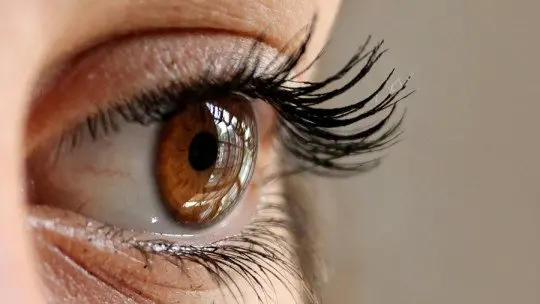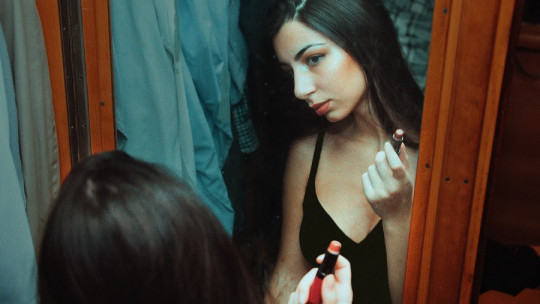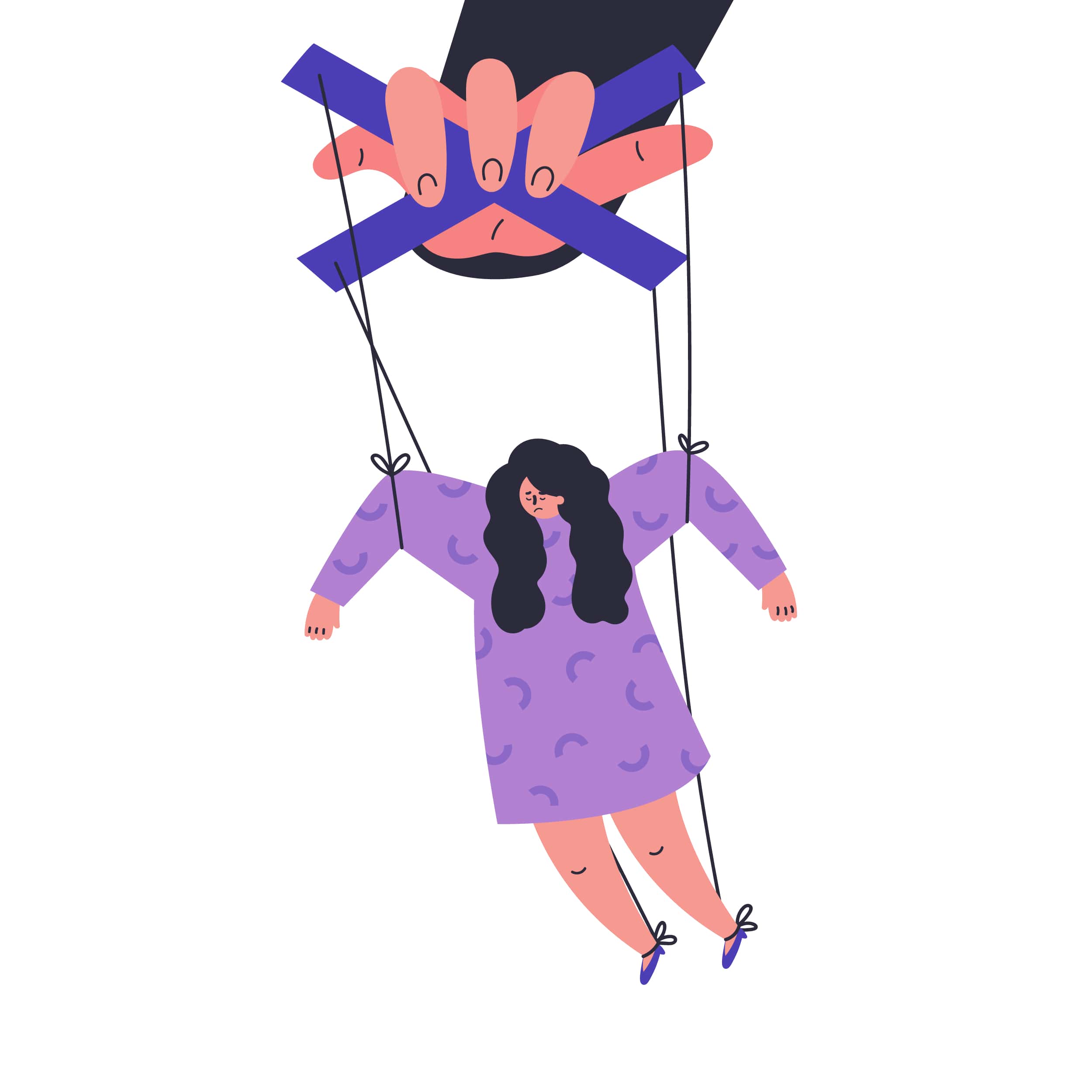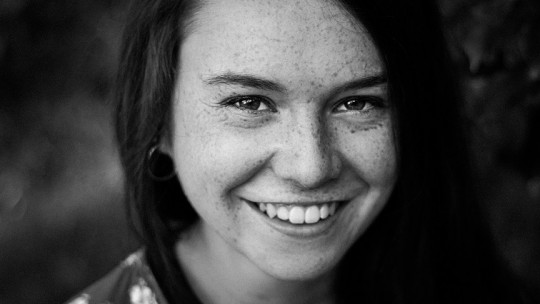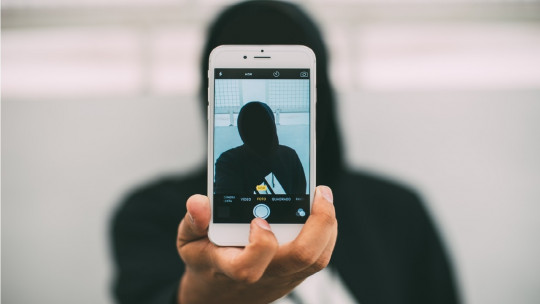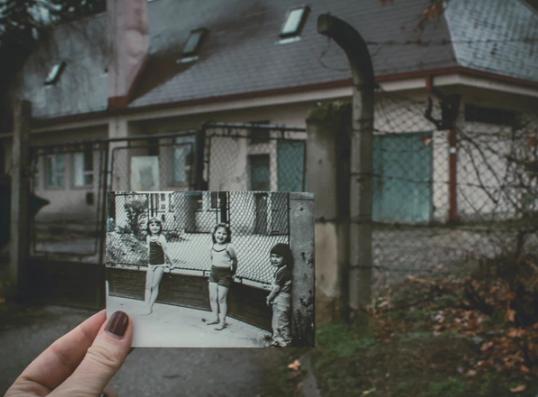
When we look in a mirror, what we are seeing is not us, but our reflection. This reflection can be distorted, subject to different biases and subjective interpretations of what we are seeing.
This same effect happens when we interact with others. Our parents, friends and acquaintances act as if they were mirrors, reflecting the image we think we give. The image we have of ourselves is conditioned by what we believe others perceive and think of us.
Cooley’s mirror self theory It tells us about how our self-concept, self-esteem and self-image are conditioned by what we believe others see and think of us. Let’s dig a little deeper to see what it’s all about.
What is Cooley’s Mirror Self theory?
The theory of the mirror self is a concept originally proposed by the American sociologist Charles Horton Cooley (1864-1929). This proposal asserts that a person’s self grows from social interactions that that individual maintains with the people around him. We all project ourselves into society in one way or another, but that reflection is defined by our own perceptions of how we suppose others see us.
Cooley explained that it’s like looking in a mirror. On its reflective surface we observe a face, a figure, some clothing… In his theory, in this case we see ourselves from the minds of others, not from our own.
Just like we can never see ourselves physically without using a mirror, Nor can we see ourselves psychologically if it is not through the minds of others The image we see will seem attractive or unpleasant depending on how we evaluate other people’s perceptions of ourselves.

Interaction with other people, especially family, friends and acquaintances It acts as that social mirror, which helps us have a perception of our image and even our worth Our self-concept is formed based on understanding how others perceive us and we believe they perceive us. The idea we have of what our own image is like is actually the product of beliefs and reflections about how we believe those around us evaluate us.
For example, let’s imagine parents who believe that their child is very intelligent. These adults will tend to have certain expectations of the child. As a consequence of them, the child will believe that he is really an intelligent person, regardless of her academic performance or IQ, which will influence her own behavior, self-esteem, and self-concept.
If, on the other hand, these same parents believe that their child is “dumb,” the child will assume that he or she is in fact not very intelligent, since that is how others have “reflected” it to him or her.
How is our mirror self formed?
According to Cooley, The formation of the mirror self involves three steps
1. The person imagines how others see them
First of all, we imagine how we appear to others. Sometimes this image is quite close to reality, but other times it is totally distorted with respect to what our real appearance is in front of other people. The image we form of how we believe others see us is still something markedly subjective
2. The person imagines how others judge him or her
Once we have formed an image of how we think others see us, we imagine what they think of it. In this step we imagine what judgments people make about us based on our appearance judgments that can be positive or negative.
3. The person feels based on how they believe they are perceived
The third and final step in the process of forming the mirror self is that we feel one way or another depending on what judgments others have about the image we think we give. It is in this step that we can feel different emotions from joy and pride when thinking that we are valued by others, to sadness and shame if we perceive our reflection in others as negative.
Children and the mirror self theory
Cooley highlighted that children are especially oriented to use the Mirror Self Children and adolescents are very sensitive to others’ opinions about their selves.
If from a young age we receive positive interaction, our emotions are validated and we are valued for who we are, the image we will see in our social mirrors will be healthy, beautiful and pleasant.
The personal image of children and adolescents depends on what their social environment is like, It feeds a lot on criticism and rewards from parents, friends, schoolmates and teachers
The mirror self and social networks
Although the theory of the mirror self was postulated in 1902, it is perfectly applicable to today’s world. We live in a society where Virtually everyone cares about how others see them and what they think about what they think We have proof of this on social networks, platforms that are the living demonstration of how the Mirror Self works. The self-esteem, self-concept and self-image of the majority of users of these networks are strongly conditioned by the feedback they receive from their followers.
Social networks are the mirror in which we reflect on the contemporary world, that mirror in which we build our self-image based on the judgments of others. When we post a photo on Instagram or a video on TikTok, will generate interactions in the form of reinforcements or criticisms Positive interaction today allows us to build a positive self-image. On the other hand, refusal completely boycotts the perception we have about ourselves.
- You may be interested: “What is Social Psychology?”
About us?
When understanding Cooley’s Mirror Self theory, it is inevitable to ask the following question: who are we really? Taking into account that our self-concept depends on what we believe others see in us, our perception of ourselves is not entirely genuine
How can we know who we really are? Can we be sure of our “true self,” separate from all things in the external social world? Actually, it is very complicated. It takes deep self-knowledge and ignoring other people’s opinions to know yourself.
Everyone wants to be loved and appreciated for who they are, for their talent and personality. However, if we have a weak self-image or give too much importance to the opinions of others over our own, we will make our lives depend on the expectations that others have of us
Added to this, we must understand that reality is still something that passes through the filters of our mind, biases and distortions that make it impossible for us to know it without distortion. The real social world as we perceive it remains a mere illusion.

